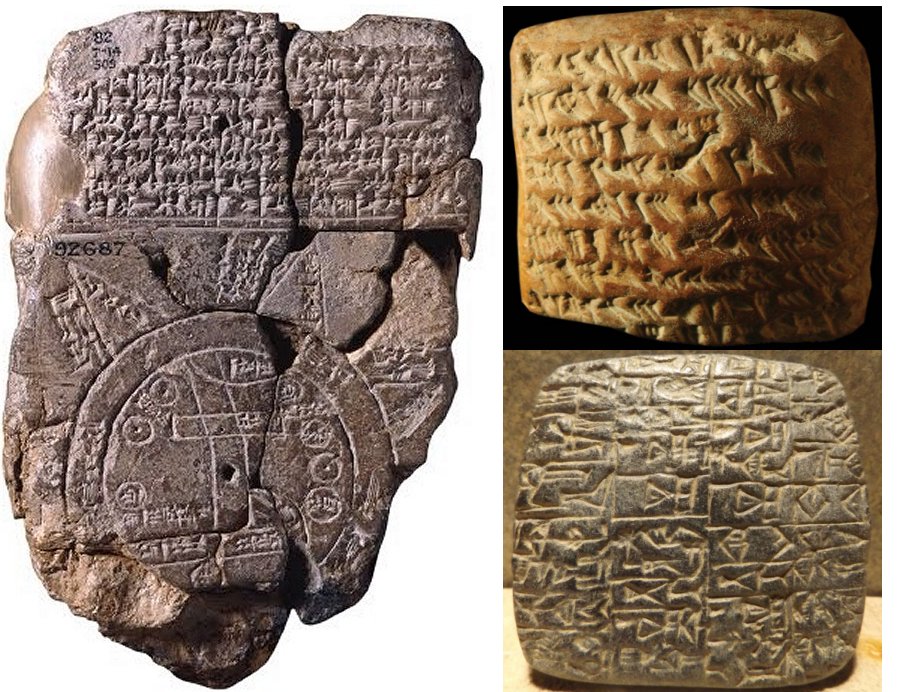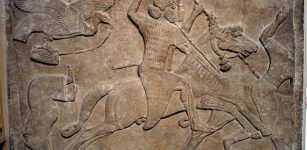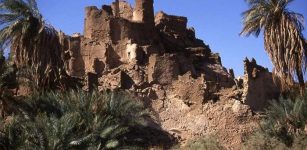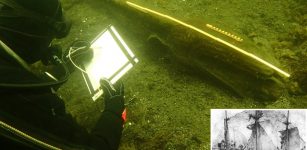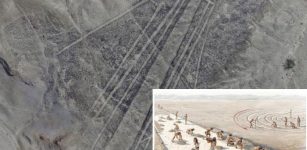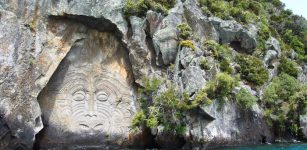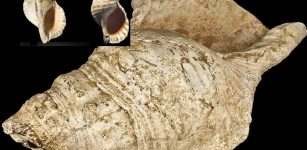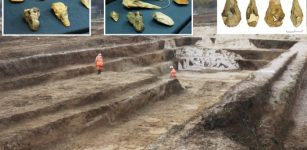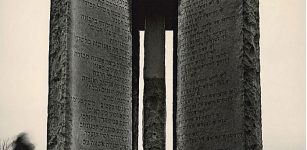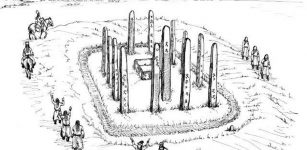Evidence Of Unusual Solar Activity Discovered On Ancient Cuneiform Tablets
Conny Waters - AncientPages.com - Ancient Assyrians were brilliant astronomers who studied the sky with great interest.
Scientists have discovered evidence of unusual solar activity 2,700 years ago that has been documented on cuneiform tablets, one of the earliest writing systems invented by the Sumerians.
These rectangular clay tablets were messages from professional scholars to kings who had commissioned astronomical observations for the purpose of discerning omens--including comets, meteors, and planetary motions, as well as prophecies.
The Babylonians, for example, carried out systematic observations of the sky, and the result of these observations defined the concept of the ecliptic and its division into twelve parts, along which they placed twelve signs of the Zodiac. The MUL.APIN cuneiform tablets - the essential source of Babylonian astronomy - represent a set of ancient astronomical records that are believed to be forerunners of the present-day zodiac.
It cannot be questioned that ancient Sumerians, Babylonians and Assyrians were skilled astronomers and there is much to learn from their studies of the night sky.
A group of Japanese scientists from the University of Tsukuba combined observations from ancient cuneiform tablets that mention unusual red skies with radioisotope data to identify solar storms that likely occurred around 679 to 655 BCE, before any previously datable events.
By matching three of these ancient tablets that mention an unusual red glow in the sky with the carbon-14 concentrations in tree rings, scientists could demonstrate how they are evidence of solar magnetic storms.
These observations were made approximately 2,700 years ago in Babylon and the Assyrian city of Nineveh, both of which are mentioned contemporaneously in the Bible.
For example, one tablet says, "red covers the sky," while another mentions a "red cloud." These were probably manifestations of what we call today stable auroral red arcs, consisting of light emitted by electrons in atmospheric oxygen atoms after being excited by intense magnetic fields.
While we usually think of aurorae as confined to northern latitudes, during periods of strong magnetic activity, as with a solar mass ejection, they may be observed much further south. Moreover, because of changes in the Earth's magnetic field over time, the Middle East was closer to the geomagnetic pole during this period in history.
"Although the exact dates of the observations are not known, we were able to narrow the range considerably by knowing when each astrologer was active," co-first author Yasuyuki Mitsuma explains.
Based on tree-ring samples, there was a rapid rise in radioactive carbon-14 in the environment during this time, which is associated with increased solar activity.
See Also: More Archaeology News
"These findings allow us to recreate the history of solar activity a century earlier than previously available records," explains Mitsuma.
"This research can assist in our ability to predict future solar magnetic storms, which may damage satellites and other spacecraft."
This valuable ancient knowledge can help modern astronomers predict future solar flares or coronal mass ejections that can damage satellite and terrestrial electronic devices.
Written by Conny Waters - AncientPages.com Staff Writer


